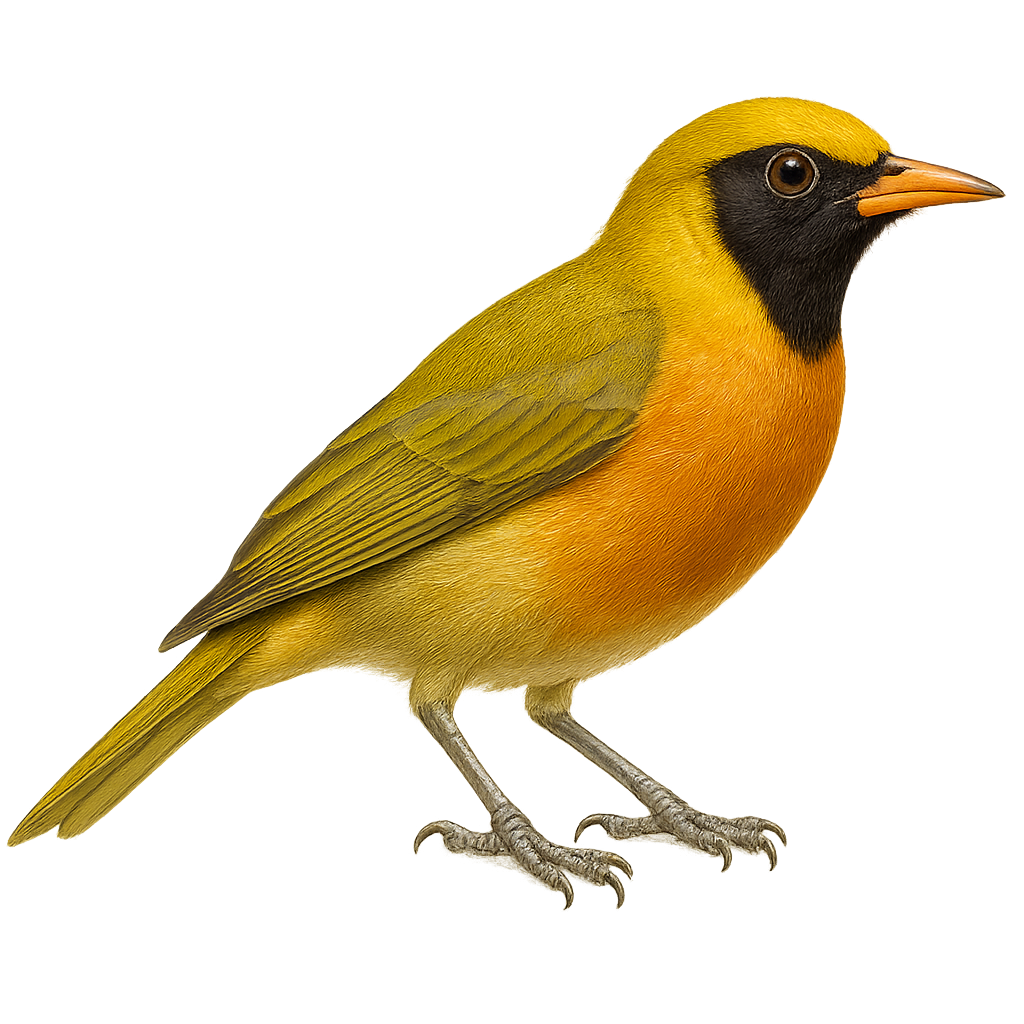Your wildlife photography guide.
Explore the guira tanager in detail, study its behavior, prepare your shots.
Where to observe and photograph the guira tanager in the wild
Learn where and when to spot the guira tanager in the wild, how to identify the species based on distinctive features, and what natural environments it inhabits. The WildlifePhotographer app offers tailored photography tips that reflect the guira tanager’s behavior, helping you capture better wildlife images. Explore the full species profile for key information including description, habitat, active periods, and approach techniques.
Guira Tanager
Scientific name: Hemithraupis guira

IUCN Status: Least Concern
Family: THRAUPIDAE
Group: Birds
Sensitivity to human approach: Suspicious
Minimum approach distance: 5 m
Courtship display: October to December
Incubation: 13-15 jours
Hatchings: October to January
Habitat:
tropical rainforests, forest edges, open wooded areas
Activity period :
Primarily active during the day, with peak activity in the morning and late afternoon.
Identification and description:
The Guira Tanager is a small, colorful bird primarily found in South America, particularly in Brazil, Argentina, and Paraguay. It is easily recognizable by its vibrant plumage, featuring shades of bright yellow, black, and white. Males and females exhibit differences in coloration, with males generally being more vivid. This tanager inhabits tropical rainforests, forest edges, and sometimes open wooded areas. It feeds mainly on fruits, insects, and nectar, playing a significant role in seed dispersal and pollination. The Guira Tanager is a sociable bird, often seen in small groups or pairs, and is known for its melodious and varied songs.
Recommended lens:
400mm – adjust based on distance, desired framing (portrait or habitat), and approach conditions.
Photography tips:
To photograph the Guira Tanager, it is advisable to use a 400mm lens or longer to capture the details of its vibrant plumage without disturbing it. Look for it in tropical rainforests and forest edges, where it is often on the move searching for food. Be patient and discreet, as this bird can be suspicious. The best times to observe it are early in the morning or late in the afternoon, when natural light highlights its bright colors.
The WildlifePhotographer App is coming soon!
Be the first to explore the best nature spots, track rutting seasons, log your observations, and observe more wildlife.
Already 1 432 wildlife lovers subscribed worldwide

